I think a little menace is fine to have in a story. For one thing, it's good for the circulation
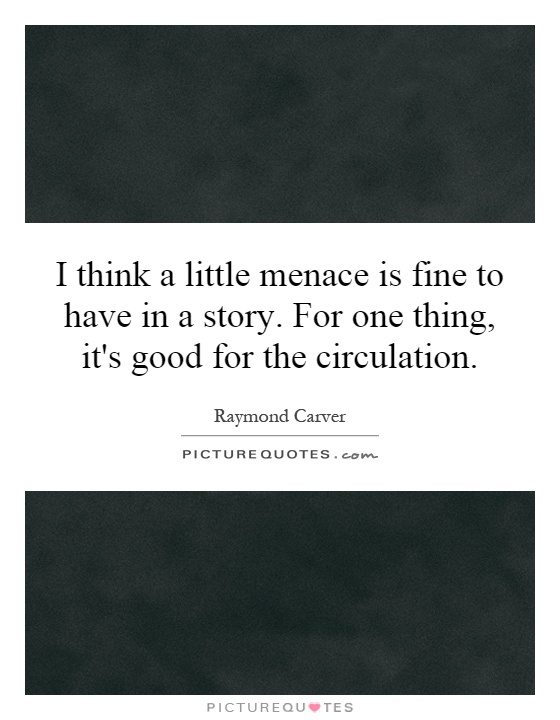
I think a little menace is fine to have in a story. For one thing, it's good for the circulation
Raymond Carver, known for his minimalist writing style and ability to capture the complexities of everyday life, often incorporated a sense of menace into his stories. This element of danger or unease added depth and tension to his narratives, drawing readers in and keeping them engaged until the very end. In Carver's world, where characters grapple with issues of love, loss, and loneliness, a little menace can be just what is needed to push the story forward and keep the reader on edge.One of Carver's most famous stories, "Cathedral," is a perfect example of how he uses menace to great effect. The story follows a man who is initially wary of his wife's blind friend, but over the course of an evening spent drawing a cathedral together, he begins to see the world in a new light. The sense of unease that permeates the story, stemming from the protagonist's initial discomfort with the blind man and his own insecurities, adds a layer of complexity to the narrative. It keeps the reader guessing and creates a tension that propels the story forward.


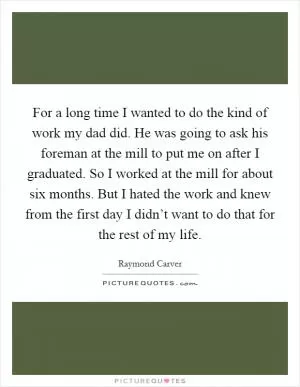
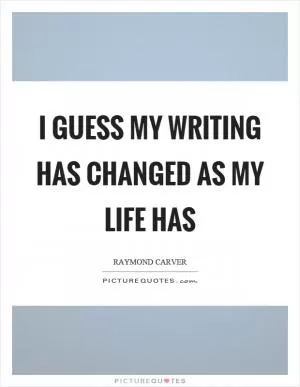
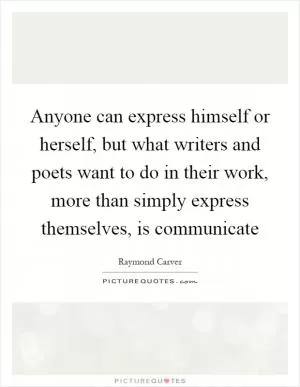
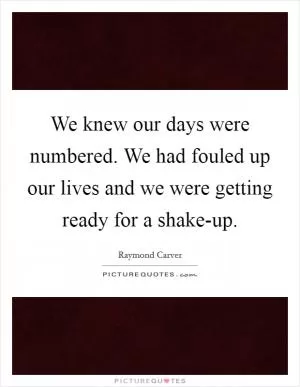
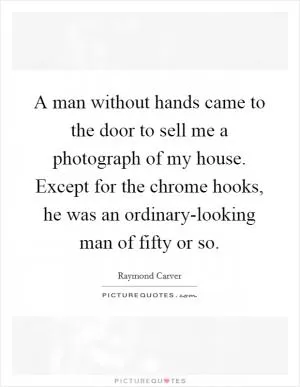
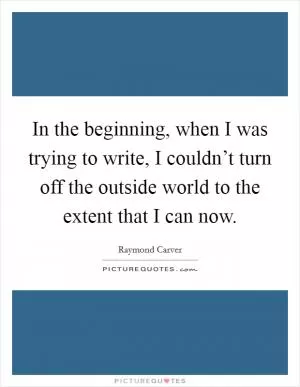
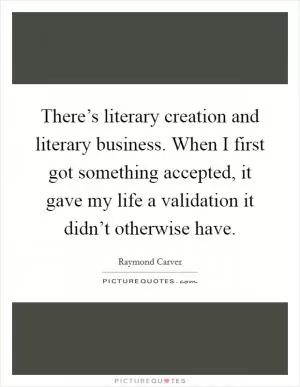

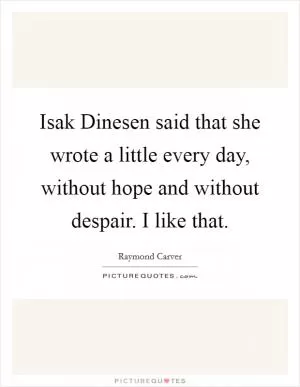

 Friendship Quotes
Friendship Quotes Love Quotes
Love Quotes Life Quotes
Life Quotes Funny Quotes
Funny Quotes Motivational Quotes
Motivational Quotes Inspirational Quotes
Inspirational Quotes